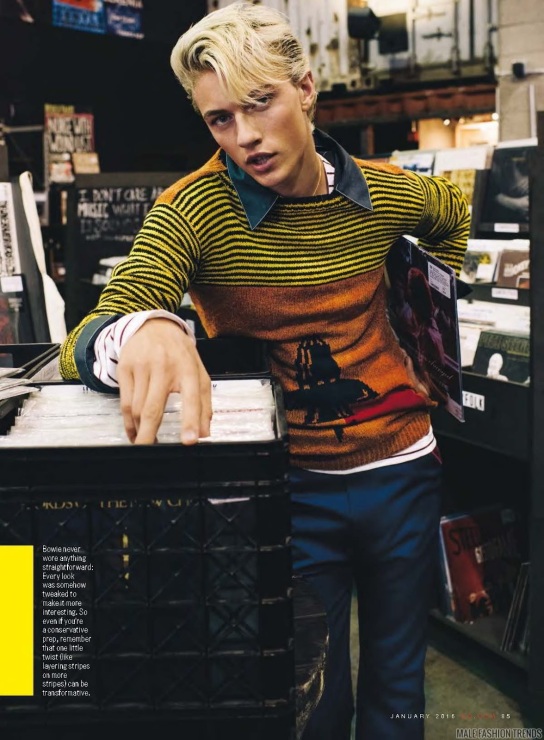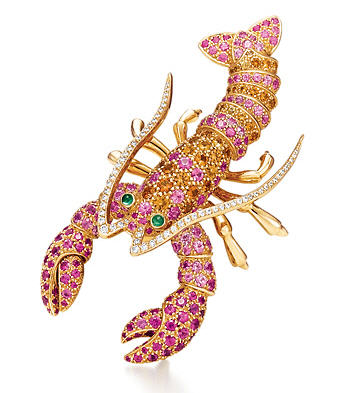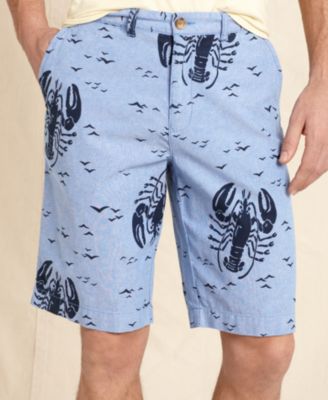





Model: Lucky Blue Smith
Photographer: Sebastian Kim
GQ, January 2016







Model: Lucky Blue Smith
Photographer: Sebastian Kim
GQ, January 2016
“Andy Warhol was reasonably well-known by the time he came to see me, although he was still being called Raggedy Andy, not because his work was sloppy, but because of his appearance. He’d had success with book-jacket designs for such publishers as New Directions and with his drawings and paintings for I. Miller shoe ads – and I knew I. Miller – but stories about his mishaps were making the rounds. When he’d zipped open his portfolio to show his work to the art director at Harper’s Bazaar, a cockroach had crawled out. Poor boy, that Raggedy Andy. But Harper’s had given him assignments. He won awards for his work, for his ‘commercial’ art, and he never pretended a difference between what he did to survive and what he called his art. To his credit, I think it was all the same to him. He was a very busy young man. I used Warhol’s art in several of my perfume windows at Bonwit’s. In July 1955, just before my work began at Tiffany’s, I made some wooden fences, and he covered them with graffiti for a series of windows. They were fun, full of a childish playfulness.”
Gene Moore
 Photo by Leila Davies Singelis, 1950
Photo by Leila Davies Singelis, 1950
In the summer of 1955 Andy Warhol‘s career as a commercial artist took a new turn when Gene Moore hired him to provide artwork for the windows of the Bonwit Teller department store. Moore had arrived in New York in 1935, hoping to become a fine artist, and had ended up a window dresser. One of the jobs Moore took to support himself in New York was making paper mache flowers for the Bob Smith Display Company. When one of Smith’s customers, Jim Buckley, was made the display director of I. Miller Shoes in approximately 1937, he hired Moore to be his assistant. By the following year, Moore was also doing window dressing for Bergdorf Goodman’s and Delman’s department stores. In 1945 he was appointed the display director for Bonwit Teller. Moore often modeled his mannequins on Hollywood stars like Vivien Leigh and Audrey Hepburn, and was responsible for introducing the belly button on mannequins.
The cockroach story became part of Warhol’s legend. It was repeated in The Philosophy of Andy Warhol (From A to B and Back Again). However, according to the painter Philip Pearlstein, the incident had actually happened to him, not to Warhol.
Warhol wasn’t the only artist working for Moore. He was also using Robert Rauschenberg and Jasper Johns, who were window dressing under the combined pseudonym, Matson Jones. According to Moore, James Rosenquist, Andy Warhol, Robert Rauschenberg and Jasper Johns all worked with him during the same period. Rauschenberg and Johns continued to do windows for him when, in July 1956, Moore also started doing windows for Tiffany’s in addition to his continued involvement with Bonwit Teller.
 Naomi Sims and Andy Warhol, Interview Magazine Gala Christmas Issue, December 1972
Naomi Sims and Andy Warhol, Interview Magazine Gala Christmas Issue, December 1972
 Interview Magazine Christmas Card, c.1980. Issued by Interview Magazine’s publishers in the 1980s, the card features the artist playfully posing as Santa Claus, with a white beard drawn on by Richard Bernstein, who designed the card. The inside of the card is signed “love Andy Warhol” by the artist himself
Interview Magazine Christmas Card, c.1980. Issued by Interview Magazine’s publishers in the 1980s, the card features the artist playfully posing as Santa Claus, with a white beard drawn on by Richard Bernstein, who designed the card. The inside of the card is signed “love Andy Warhol” by the artist himself
Since Andy Warhol arrived in Manhattan, his fey sketches had blurred the line between commercial design and fine art. And he had become, among other things, the new king of Christmas. In 1956, in addition to all the work he was getting drawing shoes and bags, he was commissioned to design Christmas cards for the Fifth Avenue temple of Tiffany & Co. Warhol’s cards were subsequently published by Tiffany’s every Christmas up to 1962, the year he started to show his paintings of soup cans.
Picture a can of Campbell’s soup – eating it by yourself. Then contrast this mental picture with Warhol’s 1962 Tiffany’s Christmas card depicting a star constructed of fruit and holly – a picture of the good life, hearty and shared. Food is a constant theme of his Christmas cards. He drew a Christmas tree made of fruit, a reindeer centrepiece for the table, a basket stuffed with food and wine. Then there are the gifts, wrapped or opened, and arranged around the fireplace – a doll, a rocking horse, a striped candy cane with a pink bow: Andy Warhol’s vision of the perfect Christmas.
More recently, Warhol’s Christmas cards have been republished, and there’s even a little book of them. You might dismiss this as the extreme, ephemeral end of Warhol rediscoveries; he himself never claimed that his early graphic output was a significant part of his oeuvre. And yet, when you look at Warhol’s Christmas cards alongside his greatest paintings of the 1960s – the suicide, the car wrecks and so on – they become oddly telling. Set them beside his electric chair and their optimism about a warm and kind American community suddenly looks desperately fragile and consciously artificial. Then you realise why he needed to give up designing Christmas cards.
“Beauty should be edible, or not at all.”
Salvador Dalí
 Lobster Telephone by Salvador Dalí, 1936
Lobster Telephone by Salvador Dalí, 1936
In 1936, Salvador Dali designed the Lobster telephone. By spring 1937, Italian fashion designer, Elsa Schiaparelli asked him to design a lobster as a decoration for a white organdy evening gown. And the dress was made famous when it appeared in Vogue modeled by Wallis Simpson. As an American Divorcee, Simpson gained notoriety when the Duke of Windsor chose to marry her in 1936 rather than become King of England.
The oversized lobster on this dress is strangely out of place on such a romantic and feminine gown. The odd juxtaposition between evening gown and sea creature was certainly not an accident. Many of Schiaparelli’s designs were both shocking and humorous.
 Elsa Schiaparelli in her atelier
Elsa Schiaparelli in her atelier
 Lobster dress, in collaboration with Salvador Dali, 1937
Lobster dress, in collaboration with Salvador Dali, 1937

 Wallis Simpson. Photos: Cecil Beaton
Wallis Simpson. Photos: Cecil Beaton
 Lobster, Andy Warhol, circa 1982
Lobster, Andy Warhol, circa 1982
 Isabella Blow at the American Embassy in Paris, 1998
Isabella Blow at the American Embassy in Paris, 1998
 Isabella Blow, in her lobster hat (by Erik Halley), at Julien MacDonald’s fashion show in London, 1998
Isabella Blow, in her lobster hat (by Erik Halley), at Julien MacDonald’s fashion show in London, 1998
 Lobster Necklace by Erik Halley
Lobster Necklace by Erik Halley
 Lady Gaga wearing a lobster hat designed by Philip Treacy in 2011
Lady Gaga wearing a lobster hat designed by Philip Treacy in 2011
 Lobster brooch by Tiffany and Co. which contains 200 pink sapphires and 61 spessartites in 18 karat gold. The lobster’s eyes are made from vivid emeralds and the antennae are sparkling diamonds. Summer 2009 collection.
Lobster brooch by Tiffany and Co. which contains 200 pink sapphires and 61 spessartites in 18 karat gold. The lobster’s eyes are made from vivid emeralds and the antennae are sparkling diamonds. Summer 2009 collection.
 Thom Browne Spring/Summer 2013
Thom Browne Spring/Summer 2013
 Tommy Hilfiger Short, Exploded Lobster Print Flat Front Short. 2013 Spring-Summer collection.
Tommy Hilfiger Short, Exploded Lobster Print Flat Front Short. 2013 Spring-Summer collection.
by Jade Reason
La vía del estilo
Art still has truth. Take refuge there.
Tales from Tinseltown...recording them now...I'll let you know when it's story time.
My Work My Art My Show - new school Sex and the City
All my words that are fit to print (and other's too!)
Making Life more Beautiful
Tulio Silva
Life, Leisure, Luxury
MYTHS AND HISTORIES OF A RELUCTANT BLOGGER
All my aimless thoughts, ideas, and ramblings, all packed into one site!
Meaning in Being. You be you.
Poetry, musings and sightings from where the country changes
Cooking is personalization.
Creativity is within us all